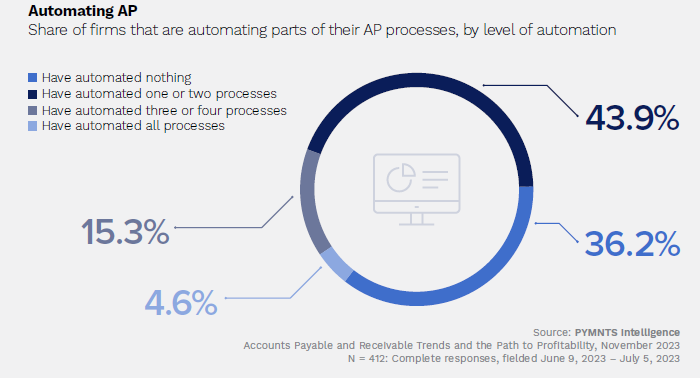Here are the Most Popular Programming Languages for Automation
In today’s fast-paced technological landscape, automation has become a crucial aspect of various industries, ranging from manufacturing and finance to healthcare and beyond. As businesses and individuals strive to streamline processes and increase efficiency, programming languages have emerged as essential tools for creating automation solutions.
Among the multitude of programming languages available, several have risen to prominence due to their efficacy, versatility, and widespread adoption in the field of automation. In this article, we will explore some of the most popular programming languages used for automation.
1. Python: The Swiss Army Knife of Automation
Python’s dominance in the automation realm is undeniable. Its ease of use, readability, and substantial library support makes it an excellent choice for both novice and professional programmers. With libraries like Selenium for web automation, Pandas for data manipulation, and OpenCV for image processing, Python offers a comprehensive toolkit for automating a wide range of tasks.
The availability of frameworks like Robot Framework further simplifies the automation process, enabling even non-programmers to create automation scripts. Additionally, Python’s community-driven development ensures that there is no shortage of resources, tutorials, and solutions for automation challenges.
2. JavaScript: Powering Web-Related Automation
JavaScript, primarily known for its role in web development, has also found a significant place in automation, especially for tasks related to web interactions. With the rise of headless browsers like Puppeteer and Playwright, JavaScript can be used to automate tasks such as web scraping, form filling, and testing.
Its ability to manipulate web page elements and simulate user interactions makes it an excellent choice for scenarios where web-based automation is required. Furthermore, the integration of JavaScript with Node.js allows developers to create server-side automation scripts, extending its utility beyond the browser.
3. PowerShell: Windows Automation at Its Best
For Windows-centric environments, PowerShell has emerged as a go-to choice for automation. Developed by Microsoft, PowerShell offers deep integration with Windows systems, making it particularly adept at managing system administration tasks, such as file manipulation, process management, and registry editing.
Its command-line interface, coupled with scripting capabilities, enables administrators to create sophisticated automation workflows tailored to their specific needs. With the advent of PowerShell Core, which is cross-platform, the language’s reach has expanded beyond Windows, making it a valuable tool for heterogeneous environments.
4. Ruby: The Elegance of Automation
Ruby’s elegant syntax and developer-friendly features have earned it a loyal following in the world of automation. While not as ubiquitous as Python, Ruby has found its niche, particularly in scenarios where clean and concise code is desired.
The Watir library, built for web automation with Ruby, allows users to interact with web browsers, making it suitable for tasks like testing and scraping. Additionally, Ruby’s popularity in the DevOps culture has led to the creation of tools like Chef and Puppet, which facilitate the automation of server configuration and management.
5. Bash Scripting: Command-Line Automation Mastery
For automating tasks within the realm of Unix-like operating systems, Bash scripting reigns supreme. While not a traditional programming language, Bash scripts leverage the power of the command-line interface to automate a multitude of system-level tasks.
From file manipulation and text processing to system maintenance and backups, Bash scripts offer unparalleled efficiency for repetitive tasks. Their lightweight nature and deep integration with the underlying operating system make them indispensable tools for system administrators and power users.
6. Java: Enterprise Automation and Beyond
Java’s reputation as a versatile and robust programming language extends to the field of automation as well. While it might not be as user-friendly as Python, Java is well-suited for large-scale automation projects, especially in enterprise environments.
Its performance, extensive libraries, and platform independence make it an excellent choice for tasks like data processing, server automation, and building complex automation frameworks. The Selenium WebDriver, written in Java, remains one of the most widely used tools for browser automation.
Wrapping up
The landscape of programming languages for automation is diverse and ever-evolving. The choice of language depends on the specific requirements of the automation task, the target platform, and the programmer’s familiarity with the language.










